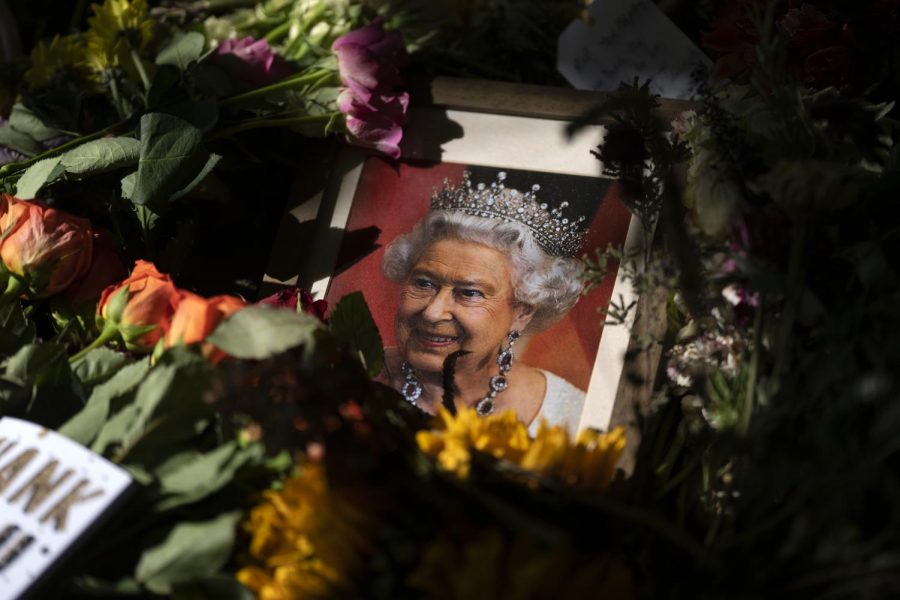Valentine’s day is here
February 13, 2023
The season of love has not always been known as the season for love. Valentine’s day, which is on Feb. 14, marks February as the season for love worldwide. But has anyone ever questioned the origin of Valentine’s Day?
The history of Valentine’s Day dates back to the year 496. Valentine’s Day originated to honor two Christian martyrs, named Saint Valentine, through a day of feast. This festival, known as Lupercalia, was celebrated in February and marks the official start of their springtime. Although the truth behind Valentine’s Day legends is hazy, they all point to Saints dying in the name of love. One legend states that Saint Valentine was a priest who defied the emperor Claudius, who outlawed marriages because he believed single men made better soldiers. Disregarding Claudius, he continued to perform marriages for young lovers in secret. The emperor found him out and sentenced him to death.
Another famous legend relating to Valentine’s Day is the reason Saint Valentine’s feast day occurred in the middle of February. This was in an attempt to Christianize the festival Lupercalia. They believed that by celebrating this festival during the ides of February, Lupercalia would become a festival of fertility for the Roman God of culture, Fanus, along with the founders, Romulus and Remus. Adrian Riley, senior of Gulf Breeze High School says, “Valentine’s Day is my favorite holiday. So, when I heard about the different legends of Saint Valentine, I found it to be remarkably interesting how the origin of Valentine’s Day differs from the holiday I consider my favorite holiday today.”
Starting in the Middle Ages, France and England became familiar with Feb. 14 as marking the start of birds’ mating season. This soon led to the idea that the middle of February was related to love. Valentine’s Day was not officially associated with love until 1375, when English Poet Geoffrey Chaucer authored the poem, “Parliament of Foules.” In the first line of this poem, Chaucer wrote of Valentine’s Day being a day connected with romance. Luke Frazee, senior of Gulf Breeze High School states, “I never knew that there was a time when Valentine’s Day was not associated with romance. I never really thought about the origin of Valentine’s Day and never would have thought about an English Poet associating it with love.”
A well-known symbol associated with Valentine’s Day is Cupid. Cupid originated from Greek mythology, as the Greek god of love known as Eros. Greek archaic poets believed Eros to be an immortal who would aim golden and leaden arrows at Gods and men to toy with their emotions. During the Hellenistic era, Cupid’s character developed to become the chubby, naughty troublemaker of love we now recognize.
Additional Reading:
https://www.history.com/topics/valentines-day/history-of-valentines-day-2
https://www.britannica.com/topic/Valentines-Day




















